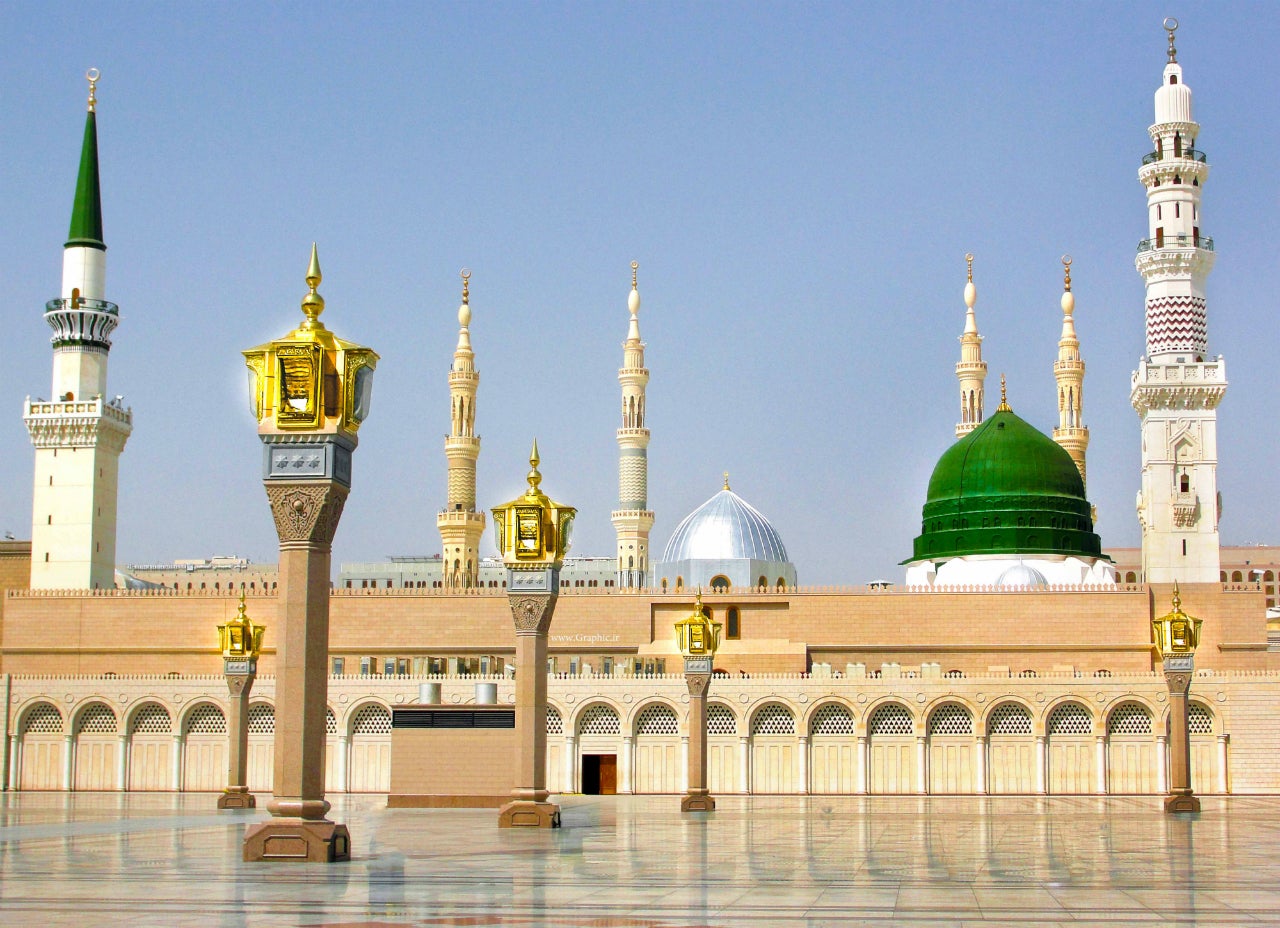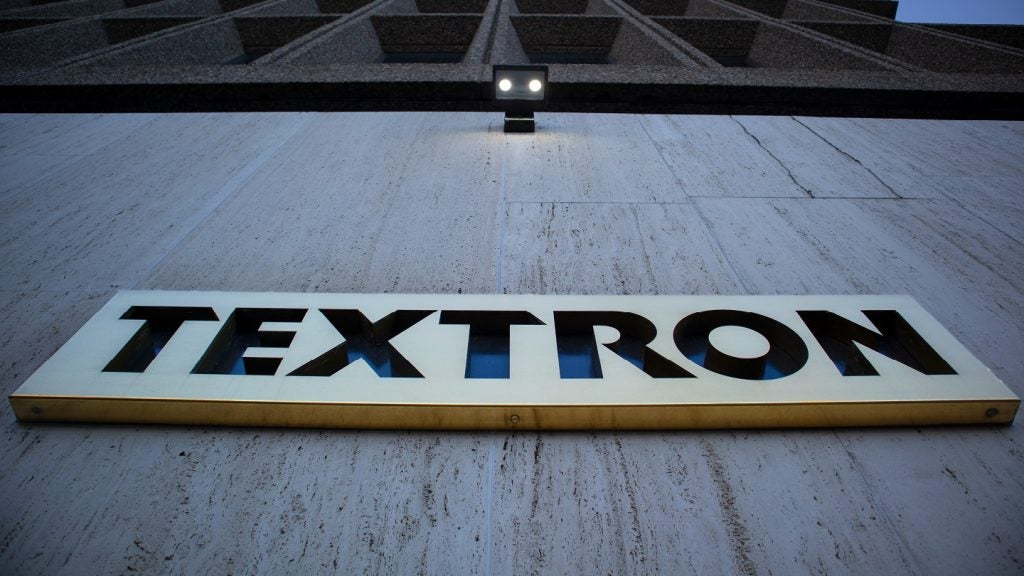Religious tourism is a huge benefactor in Saudi Arabia, yet large crowds are typically associated with this, thus the easing of restriction for Umrah pilgrimage should be noted with caution.
From 4 October after a seven-month pause due to Covid-19, Saudi Arabia is allowing pilgrims living in the country to partake in the Umrah pilgrimage. Umrah is an Islamic pilgrimage to the holy cities of Mecca and Medina and attracted over 19m travellers in 2019.
Capacity at both mosques will be limited to only 30% with only 6,000 citizens a day. Visitors will have to wear masks, social distance and the Ministry of Hajj and Umrah have developed a mobile application so pilgrims can register and book their visit.
Hopes are to increase this to 100% with up to 20,000 a day by November as international restrictions ease further.
This outlook may be optimistic as even with distancing measures in place, crowded areas are typical ‘hotbeds’ for the spread of Covid-19 and the word Umrah In Arabic translates as ‘visiting a populated place’. This encouragement of religious tourism in Saudi Arabia comes with obvious high risk.
Striving for economic recovery
Depressed oil prices due to the pandemic coupled with the effects on the tourism and hospitality sectors have crippled the kingdom’s economy. The International Monetary Fund (IMF) expects the Saudi economy to decline 6.8% this year after contracting by 1% in Q1 2020.
How well do you really know your competitors?
Access the most comprehensive Company Profiles on the market, powered by GlobalData. Save hours of research. Gain competitive edge.

Thank you!
Your download email will arrive shortly
Not ready to buy yet? Download a free sample
We are confident about the unique quality of our Company Profiles. However, we want you to make the most beneficial decision for your business, so we offer a free sample that you can download by submitting the below form
By GlobalDataOfficial data by the Aljazeera suggests that both Hajj and Umrah earn the kingdom approximately $12bn per year. Therefore, it is unsurprising that the Saudi Government is looking to ease restrictions on religious tourism. 33% of Saudi citizens took a religious holiday in 2019, according to GlobalData’s Q3 2019 consumer survey. 16.9m domestic trips in Saudi Arabia were for other / personal reasons, involving religious travel in 2019. 60.4% (10.2m) of international arrivals were also for other / personal reasons, including religious tourism, far surpassing that of leisure (solely 5.7%; 964,000).
Avoiding a surge of infection
The Arab regions have been known for holding longer lockdowns in place in comparison to other parts of the world. Destinations within the region, however, including Iran, Iraq, the UAE, Bahrain and Israel have reported their highest-ever daily increase in infections this month.
Saudi Arabia, recently partially lifted its international travel restrictions after a stringent lockdown. Cases in the kingdom are the third-highest within the Arab region with 331,359 yet the death rate remains low in comparison (4,569). Governments should re-open borders with caution as destinations worldwide begin to experience the second wave of infections.










Related Company Profiles
Al Jazeera